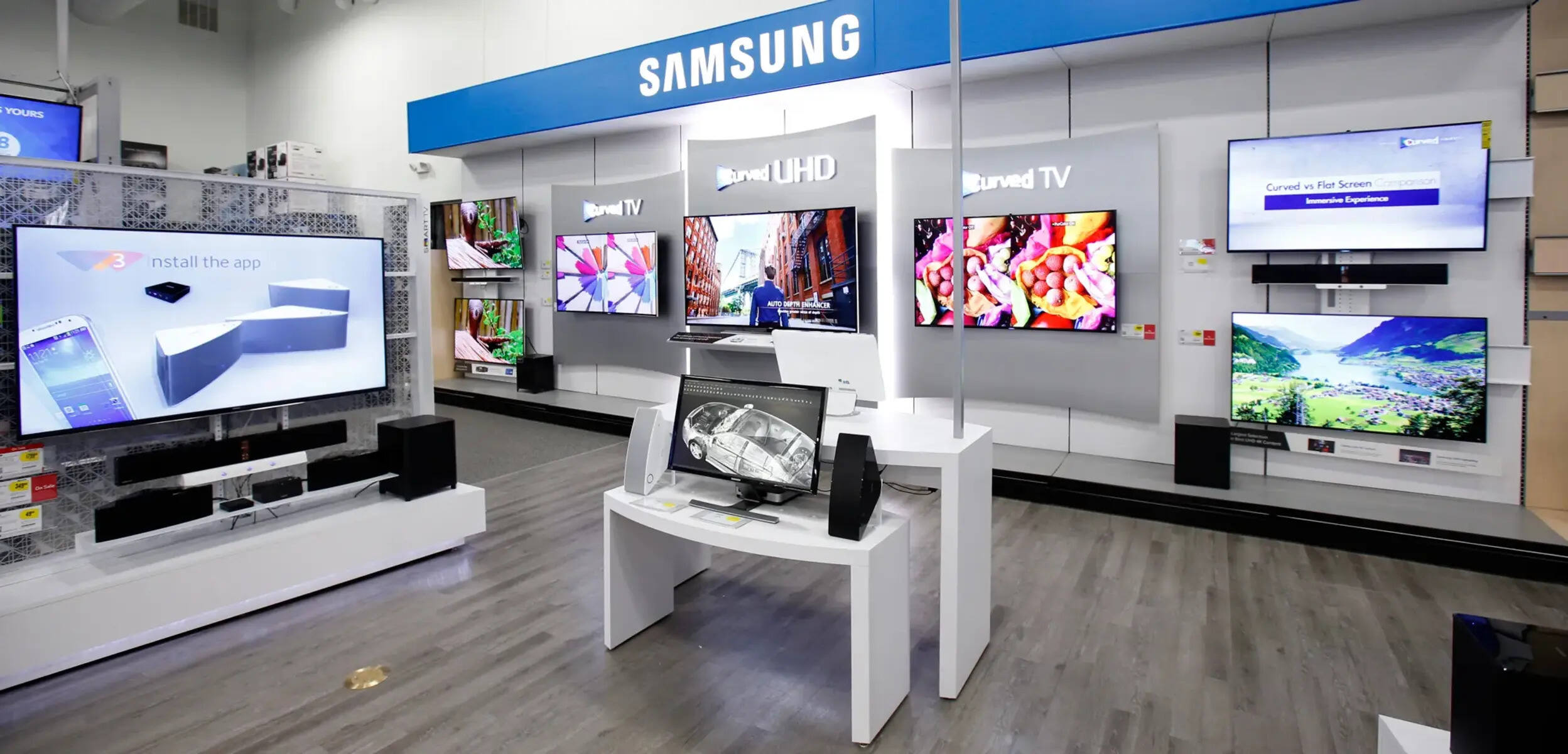Black Levels
When it comes to comparing Neo QLED and OLED displays, one important aspect to consider is black levels. Black levels refer to how deep and true the blacks appear on the screen. Deeper blacks can enhance the overall picture quality and provide better contrast to the other colors on the screen.
OLED displays have always been known for their superior black levels. Each pixel on an OLED panel can emit its own light, allowing for individual control over every pixel. This means that when a pixel is turned off, it produces true black, as it does not emit any light. This ability to completely turn off individual pixels results in an infinite contrast ratio, as the difference between black and other colors is truly remarkable.
On the other hand, Neo QLED displays use backlighting technology similar to traditional LCD panels. While their black levels may not be as deep as OLED displays, they have made significant improvements in this area. By incorporating miniaturized, densely placed LEDs for backlighting and utilizing advanced local dimming zones, Neo QLED displays can deliver impressive black levels and improved contrast.
Local dimming technology is a key feature of Neo QLED displays. It allows the backlight to be controlled in specific areas of the screen independently, resulting in better contrast and deeper blacks. With thousands of dimming zones, Neo QLED can dynamically adjust the intensity of the backlight in different areas of the screen, ensuring that brighter elements of the image do not wash out the darker areas.
In summary, while OLED displays have long been known for their outstanding black levels, the advancements in Neo QLED technology have closed the gap significantly. Although OLED still holds an edge in terms of absolute black levels, Neo QLED displays can provide impressive and deep blacks thanks to their advanced local dimming technology and densely arranged LEDs. Ultimately, the choice between Neo QLED and OLED will depend on your specific preferences and priorities.
Contrast Ratio
When comparing Neo QLED and OLED displays, one key factor to consider is the contrast ratio. Contrast ratio refers to the ratio between the brightest and darkest elements on the screen. A higher contrast ratio can contribute to a more vibrant and visually appealing image.
OLED displays have long been praised for their exceptional contrast ratios. Since each pixel can emit its own light, OLED panels can achieve true blacks by turning off individual pixels. This results in an infinite contrast ratio, as the difference between black and other colors is virtually limitless. The ability to display deep blacks alongside vibrant colors creates a striking visual experience.
On the other hand, Neo QLED displays, which utilize miniaturized, densely placed LEDs for backlighting, have made significant strides in improving their contrast ratios. The advanced local dimming zones in Neo QLED technology allow for precise and independent control over different areas of the screen, enhancing the contrast between bright and dark elements. While it may not match the infinite contrast of OLED, Neo QLED displays can achieve impressive contrast ratios that make images pop and bring out finer details.
Furthermore, Neo QLED displays benefit from improved peak brightness levels. With higher brightness capabilities, they can produce brighter highlights, enhancing the overall contrast of the image. This is particularly advantageous in well-lit environments, where a higher contrast ratio can help maintain image clarity despite ambient light.
In terms of contrast ratio, OLED displays still hold the edge with their ability to achieve true blacks and infinite contrast. However, Neo QLED technology has made remarkable advancements, allowing for impressive contrast ratios and vibrant image quality. The choice between Neo QLED and OLED will ultimately come down to personal preference and the viewing environment, as both options can deliver visually appealing results with their respective contrast capabilities.
Viewing Angles
When it comes to the viewing experience, another key aspect to consider when comparing Neo QLED and OLED displays is their viewing angles. Viewing angles refer to the range of angles from which viewers can comfortably see the screen without experiencing color shifts or loss of image quality.
OLED displays have long been known for their exceptional viewing angles. Since each pixel emits its own light, the image quality remains consistent regardless of the viewing angle. Whether you’re sitting directly in front of the screen or viewing from the side, the colors are vibrant and the details are sharp.
Neo QLED displays, on the other hand, have made significant improvements in this area. Despite utilizing backlighting technology, which traditionally had limitations in terms of viewing angles, Neo QLED uses advanced panel designs and improved optical technologies to deliver wider viewing angles. With reduced color shifts and degradation, viewers can enjoy a consistent and immersive viewing experience from various positions and angles.
Additionally, Neo QLED displays often feature anti-glare coatings that help minimize reflections and improve visibility in brightly lit environments. This can be particularly beneficial when watching content in a room with lots of natural light or when there are other light sources present. The anti-glare technology helps reduce distractions and ensures that the viewing experience remains enjoyable from different angles.
It is worth noting that while OLED displays still maintain an advantage in terms of viewing angles, Neo QLED technology has narrowed the gap significantly. With improved panel designs and anti-glare features, Neo QLED displays can provide an immersive viewing experience from a variety of angles, making them well-suited for multi-viewer environments or large living rooms where people may be seated at different positions.
Ultimately, the choice between Neo QLED and OLED displays will depend on your specific needs and preferences. If you prioritize wide viewing angles and consistent image quality from any position, OLED may be the ideal choice. However, if you want a display that offers impressive viewing angles while also providing other benefits such as brighter highlights and enhanced contrast, Neo QLED displays are an excellent option.

